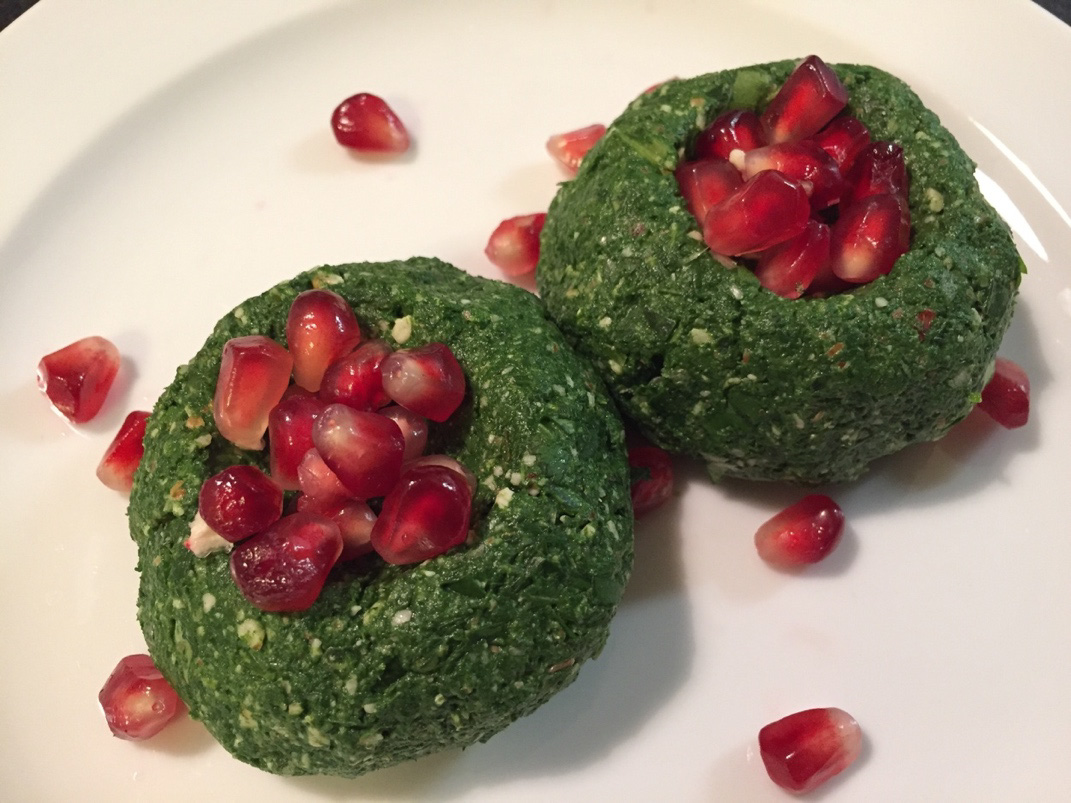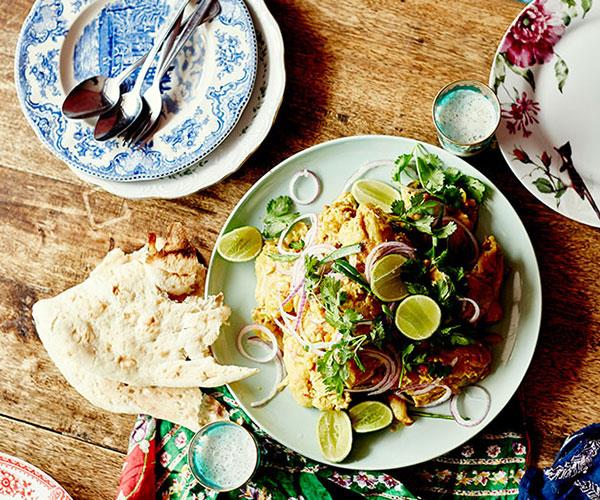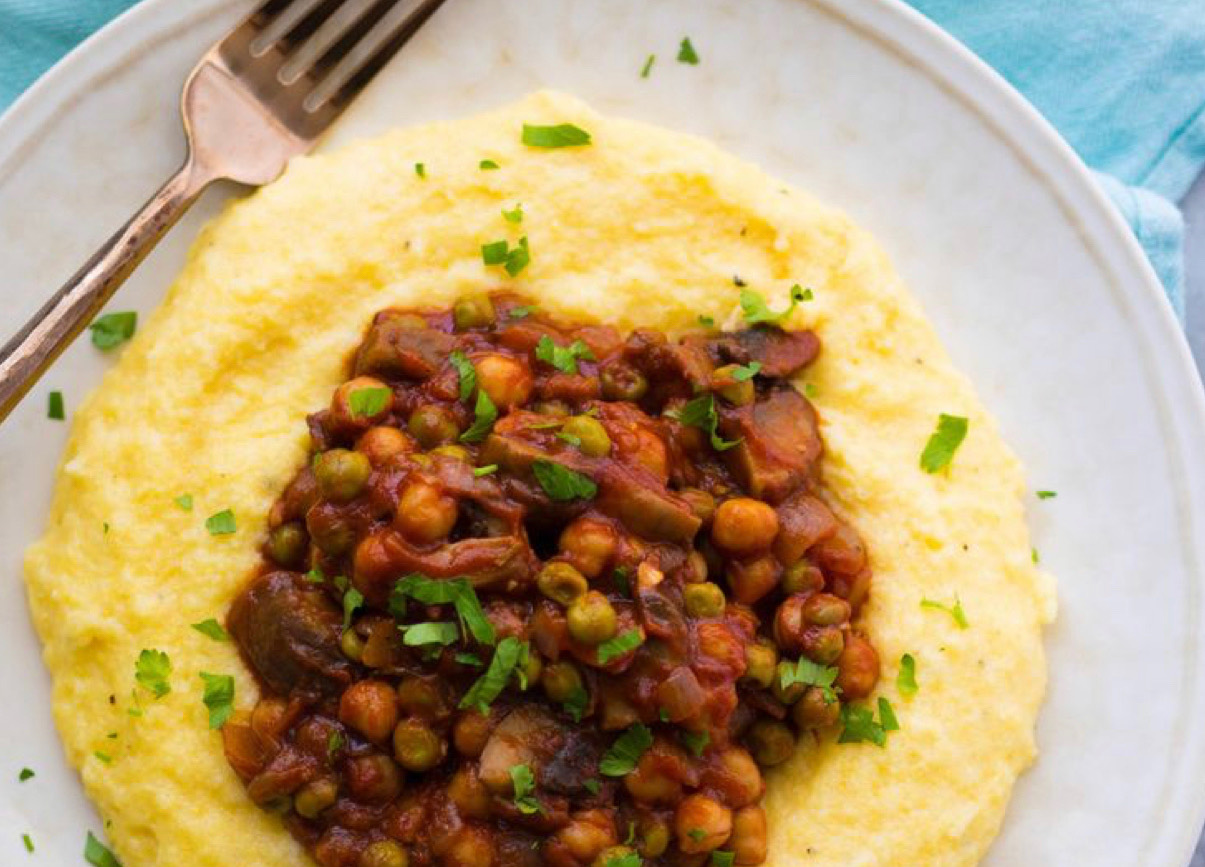Four Fab Recipes from WOMADelaide’s Finest Foodies
24 February 2020
Dishes That Sing
Do you love to listen to music while you cook, eat and entertain? We do too!
We also love exploring the tastes, smells and stories of the globe through food, which is why culinary culture has always been an essential part of the WOMADelaide experience. With our Taste The World cooking demonstrations showcasing dishes from the kitchens of our artists, and our Taste The World Restaurant highlighting local and national culinary superstars; to the Global Village stalls filled with a kaleidoscope of food and drink options, there’s something for everyone at WOMADelaide.
For those who can’t wait for the festival to experience this gastronomic abundance, we’ve sourced recipes from four of our favourite foodie friends to get you dancing in the kitchen this weekend!
YAKISOBA FROM THE MINYO CRUSADERS
The multitalented Minyo Crusaders will be cooking and performing at WOMADelaide this year. Singing traditional Japanese folk songs (Min'yō), their music tells the historical stories of the working class, with a 10-piece orchestra. Channelling musical styles from Latin America, Africa and the Caribbean, Minyo Crusaders play an unexpected mix of reggae, cumbia and Afrobeat that will get you seriously grooving!
But that’s not all they can do - Katsumi Tanaka from Minyo Crusaders’ will also be joining local food legend Rosa Matto in our Taste The World Tent to share one of his favourite dishes from home, Yakisoba (pictured above).
Recipe
Yakisoba (fried buckwheat) is a noodle-based stir-fry dish that is a staple of many Japanese restaurants, and dinner tables. While soba means “buckwheat”, yakisoba noodles are actually made from wheat flour, and are typically flavoured with a condiment that’s very similar to oyster sauce.
While the dish first appeared in food stalls in Japan during the early 20th Century, and has been made in a number of ways over the years, this is Katsumi’s own variant on the classic.
(Serves 2-3)
Ingredients
- 2 tsp vegetable oil
- 100g pork shoulder loin/belly
- 100g cabbage
- 60g carrot
- 240g yellow egg noodles
- Pickled red ginger (benishoga)
- Salt
- Pepper
- Seaweed flakes (Aonori)
- Bonito fish flakes
- 3 tbsp mayonnaise
Yakisoba Sauce
- 3 Tbsp Tonkatsu sauce
- 2 Tbsp Worcester sauce
- 1/2 Tbsp soy sauce
- 1/2 Tbsp Mirin
Method
- Slice pork into bite size pieces, then prepare the vegetables by cutting the cabbage into 5cm squares, and slicing the carrot thinly.
- Set pork and vegetables aside, then whisk all of the Yakisoba Sauce ingredients together in a small bowl.
- In a large frying pan, add oil and heat to a medium-high temperature.
- Cook the pork first until browned. Add carrot and cook for about 1-2 minutes, then add cabbage, and cook until the vegetables are wilted.
- Once water seeps out from the vegetables, add the egg noodles, stir through the vegetables so they sit under them, then lower the heat and cover.
- Cook for about 2 minutes until the noodles soften.
- When the noodles start to loosen and soften, keep stirring to mix with the vegetables, then add the Yakisoba Sauce mix and cook for a couple of minutes until at all ingredients are coated with the sauce.
- Add pickled red ginger, and season with salt and pepper to taste.
- To serve, place a portion of the Yakisoba on a plate, and sprinkle with Aonori and bonito flakes before drizzling with mayonnaise.
Recipe Source: Katsumi Tanaka, with local Japanese interpreter, Kyoko Katayama.
GEORGIAN PHALI BY ORSO & IBERI
Adelaide’s own André Ursini will return to WOMADelaide’s Taste the World Restaurant this year with ORSO and the Polenta Stars.
On Friday night, Andre will be joined by WOMADelaide performers, Iberi, for an unforgettably unique Georgian feast - a SUPRA - featuring seven traditional dishes, one of which being Georgian Phali (spinach drops). They’re so delicious, Andre will be serving them on the Taste the World Restaurant menu for the entire WOMADelaide weekend!

Recipe
Made from finely chopped or minced vegetables, with a spicy walnut sauce, Phali is a very popular traditional Georgian dish. Inexpensive to make, highly nutritious (and vegan), Phali is often found at Georgian feasts, especially during holidays and special events. It can be made with a multitude of vegetables, although traditionally it’s made with spinach, beetroot or beans.
(Makes around 30 balls)
Ingredients
- 3 kg spinach
- 600 gr peeled walnuts
- 10 cloves garlic
- ½ tsp chili powder
- 1 tbsp salt
- 4-5 tbsp white wine vinegar
- 2 medium onion
- 100 g coriander
- 100 g fresh celery leaves
- Seeds of 1 pomegranate
Method
- Wash spinach and cut away thick stalks. Fill a deep pot with water, add salt and gradually add the spinach, pressing it down with a wooden spoon.
- Boil for 5 minutes, turning the leaves halfway through to ensure they all cook.
- Drain water through the strainer and squeeze excess liquid out of spinach with your hands, working portion by portion. Then, process the spinach by pulsing in a food processor until combined.
- Pulse walnuts and garlic in a food processor until finely chopped into a crumb consistency, then add chopped fresh onion, celery, and coriander leaves.
- Mix all ingredients together with the spinach, add salt, chili powder, vinegar and mix well.
- Form balls (around 6-7 cm in diameter), then chill in the refrigerator until solid.
- Before serving, press the ball in the middle and decorate with pomegranate seeds.
PARWANA’S MORGH DEGEE
When Zelmai and Farida Ayubi opened Parwana in 2009, their vision was to share an authentic piece of their beloved home, Afghanistan, with the people of Adelaide.
Chef Farida infuses influences of the Afghanistan she knew into her home-style food. Feelings of gregariousness, generosity and endless hospitality are blended into the food, and after more than ten years in business, Parwana has become a much-loved Adelaide institution.
Parwana will be returning to the WOMADelaide Global Village this year, but if you want to try your hand at one of Farida’s classics before then, here is her famous recipe for chicken braised in yogurt, Morgh Degee.

Image: Parwana's Morgh Degee. Photographer John Laurie, originally published on Gourmet Traveller
Recipe
As a small child, Farida learnt to cook by watching her family’s chef prepare extravagant platters of long-grain rice and handmade dumplings, all decorated to perfection. By observing, she absorbed the secrets to the unique blend of spices used to delicately flavour the meat dishes, and her Morgh Degee is no exception.
By braising chicken in yogurt, it becomes extraordinarily tender, while the gentle herbs and spices of chilli, turmeric and coriander make this dish really sing!
(serves six)
Ingredients
- 1 medium sized chicken
- 200 ml oil
- 2 brown onions (finely chopped)
- 4 cloves garlic (crushed)
- 2 chilies / green and red (thinly sliced)
- 2 teaspoons salt
- 1 teaspoon turmeric
- ½ cup Greek style yoghurt
- 1 red onion
- ½ lime
- 1 teaspoon black pepper
- ½ bunch fresh coriander
Method
- Chop the chicken into large pieces and fry in deep pan with the oil on medium heat, until golden brown.
- Remove the chicken from the pan and set aside.
- Fry brown onion, garlic and chili in the same pan, until the onion has softened.
- Add salt, turmeric and yoghurt to the pan. Place the chicken back into the pan and mix through, still on medium heat.
- Allow chicken to cook in this mix for about 10 minutes, or until cooked through.
- Garnish with slices of red onion, slices of lime, black pepper and chopped coriander.
TRADITIONAL LENTIL RAGU FROM FRANCESCO’S CICCHETTI
Francesco’s Cicchetti is a vegan and vegetarian Street Food pop-up run by Fancesco’s Osteria, a traditional Italian restaurant that uses organic and local produce to create authentic Venetian dishes.
Cicchetti are small snacks or side dishes, typically served in traditional "bàcari" (small bars) in Venice, and are the Venetian equivalent of antipasti, tapas or canapes. An Adelaide Fringe and WOMADelaide Festival favourite Francesco’s Cicchetti will again be serving up their morsels of deliciousness in the Global Village this year.

Recipe
Made using traditional methods and produce, cicchetti are the best of Italian cooking in miniature. This Lentil Ragu is a traditional regional Italian dish and the perfect cicchetti for any table.
The polenta is simple, and naturally vegan as no milk or cheese is needed – just as Francesco’s mother used to make it!
(serves four)
Ingredients
- ¼ cup extra virgin olive oil
- 1 brown onion (finely chopped)
- 2 carrots (finely chopped)
- 1 celery stalk (finely chopped)
- Chopped parsley, sage, rosemary and thyme (finely chopped)
- 300g dried brown lentils
- 1 bottle (690g) organic tomato passata
- 1 x 400g can chopped tomatoes (or diced local cherry tomatoes)
- Pepper and salt
- Water or vegetable stock
Polenta
- 1 litre of water
- 1 cup polenta
- 1 teaspoon salt
- 1 teaspoon olive oil
Method
- In a large saucepan, on low heat, sauté finely chopped onion, carrots, celery and herbs in olive oil and a little water – this keeps the temperature low and stops the vegetables from frying.
- Stir over moderate heat for a few minutes.
- Add pepper, salt and lentils, keep stirring for a few more minutes and then add the tomato passata and enough water or vegetable stock to cover the lentils.
- Bring to a simmer, then cook for 30 to 40 minutes until the lentils are tender and saucy.
- Take off heat and let sit for at least 20 mins while you make the polenta.
- To make the polenta, bring water to the boil in a saucepan and add salt and olive oil. Add polenta stirring constantly with a whisk for at least 3 minutes.
- Pour out on to a plate or wooden board and let sit a few minutes.
- To serve, spoon the lentil ragu onto the polenta and garnish with chopped parsley and a drizzle of olive oil. Buon appetito!
Written in partnership with


